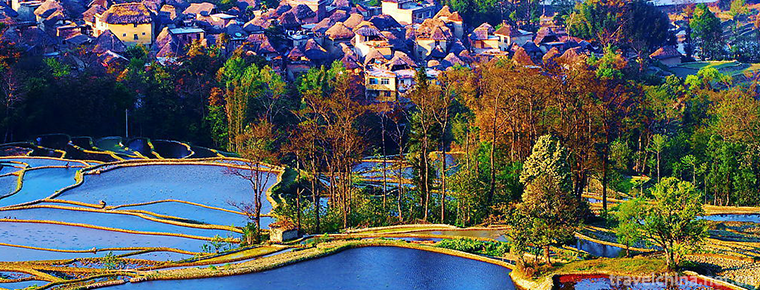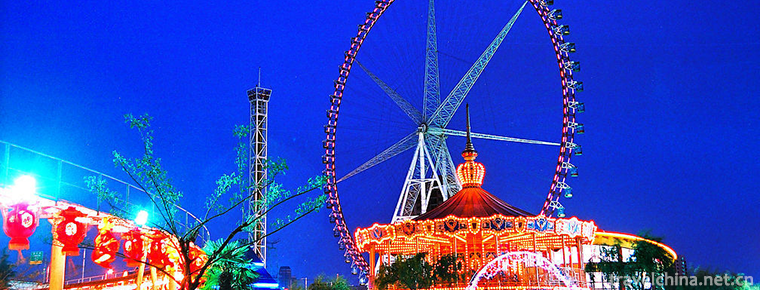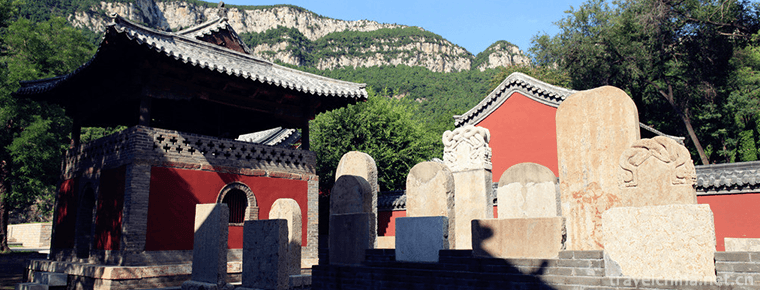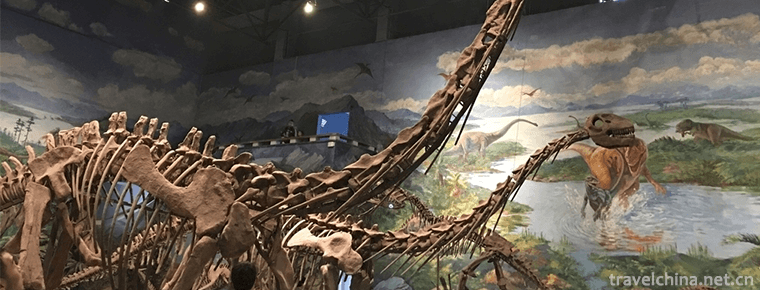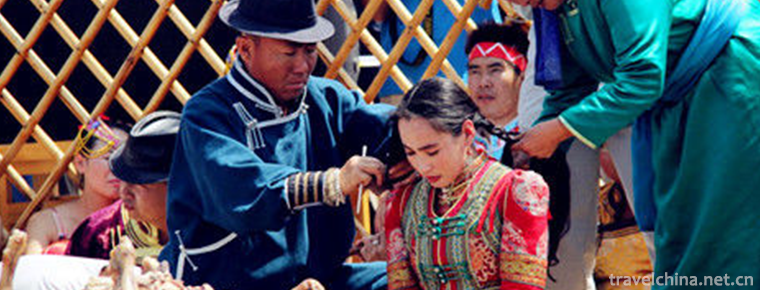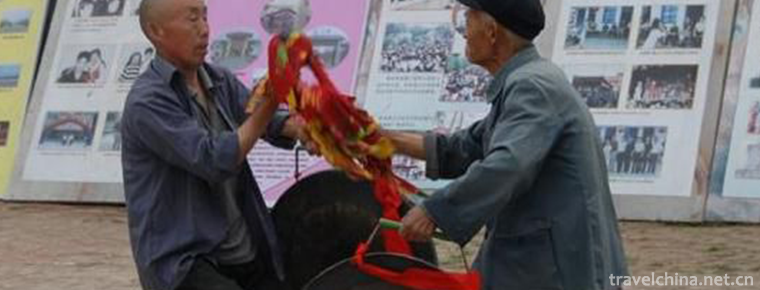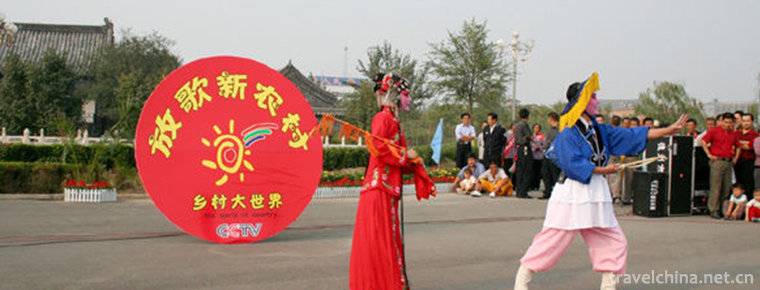Firing Techniques of Jizhou Kiln Ceramics
Firing Techniques of Jizhou Kiln Ceramics
Jizhou kiln is a treasure of the traditional Chinese ceramic crafts. As a world-famous comprehensive ceramic kiln in Jiangnan (Ji'an, Jiangxi), it has strong local style and artistic characteristics of the Han nationality. The rich firing experience and skilled craftsmen of Jizhou kiln have played an important role in promoting the development of the porcelain industry in Jiangxi area. Jizhou ancient kiln rose in the late Tang Dynasty, flourished in the Song Dynasty and declined in the late Yuan Dynasty. It was named after the place. Because Yonghe was also governed by Dongchang County at that time, it was also named Dongchang kiln and Yonghe kiln. Jizhou kiln products are exquisite and rich, especially the black glazed porcelain (also known as Tianmu glazed porcelain) products. Its original "Wooden Leaf Tianmu", "Paper-cut and decals Tianmu" and "Tortoise Tianmu" are well known at home and abroad. Glaze spraying, Tiger Skin and Tianmu are also the landmark varieties of Jizhou kiln.
Bian Xianghe has known about Jizhou kiln in the development of Chinese ceramics. He pointed out that Jizhou kiln is of great significance in the development of Chinese ceramics. Jizhou kiln not only melts the porcelain making technology of Central Plains, but also paints the local human interest of Jizhou on the porcelain, and has new changes in the shape and mechanism of the porcelain, which makes Jizhou kiln an important category of Chinese ceramics and makes it ancient. Royal nobles in Europe and the Middle East fell in love with Jizhou Porcelain.
History of Jizhou Kiln
Jizhou kiln is one of the well-preserved ancient kiln sites in China. It began in the late Tang Dynasty, flourished in the Five Dynasties, the Northern Song Dynasty, flourished in the Southern Song Dynasty, and declined in the late Yuan Dynasty. It has a history of more than 1200 years. In the Song Dynasty, Yonghe Ceramic Industry flourished, "Three Cities in Pifang Lane Street" and "Seventy-two Flower Streets". There are thousands of brocade shops, more than ten thousand on a hundred-foot floor. Jizhou kiln is one of the production centers of black glaze and glaze in ancient China. There are many kinds of porcelains produced, and more than 120 kinds of porcelains have been found. According to fetal glaze, it can be divided into blue glaze, opalescent glaze, green glaze, black glaze, painted porcelain, sculpture porcelain and glassware.
Jizhou kiln occupies a very important position in the history of Chinese ceramics. It has made great achievements in promoting the production of ancient Chinese ceramics and accumulating production techniques.
Jizhou kiln was built in the late Tang Dynasty, flourished in the Five Dynasties and Northern Song Dynasty, flourished in the Southern Song Dynasty, and declined in the late Yuan Dynasty. It has a history of more than 1200 years. According to the Records of Dongchang, from Yonghe Town to the Five Dynasties, the people gathered in their land and cultivated and Taoyan. By the Song Dynasty, the porcelain industry was flourishing. There were thousands of households in the three cities of Pifang Lane Street and Jinxiu Pavilion. There were more than 10,000 houses on 100-foot floors, with the characters of Lian Dian Jun, showing the prosperity of "people and things are flourishing, and the spoke of boats and carriages", and Yonghe Town became one of the three towns in the world. Ancient pottery pieces and kiln utensils are still everywhere. Long streets and alleys with various patterns paved with blocking altars and kiln bricks are crisscrossed, and the ancient pottery city still retains its features.
Jizhou kiln ceramics was one of the most important commodities in Song and Yuan Dynasties of China. It made great contributions to promoting trade and cultural exchanges between China and other countries in the world. Many museums and collectors around the world have precious products of Jizhou kiln. In 1975, a Chinese Ceramic Exhibition unearthed in Japan was held at the Tokyo Museum. Rabbit, partridge and tortoise spots in Jizhou kiln became handed down treasures. Paper-cut decals and decals collected in Japan were praised as national treasures. In 1976, a Chinese Yuan shipwreck bound for Korea and Japan was found in Xin'an Sea. More than 15,000 pieces of ancient Chinese ceramics were salvaged from the shipwreck, many of which were fired in Jizhou kiln. The 42 pieces of Jizhou kiln pottery on display at the Central Museum of Korea are considered rare. The white bottles of phoenix head from Jizhou kiln in the British Museum can be regarded as the special objects of porcelain, while the wooden leaf Tianmu Calendula is listed as a national treasure.
Since the establishment of Jizhou Kiln Ancient Ceramics Research Institute and Jizhou Ceramics Factory in 1982, the precious products of Jizhou Kiln have been gradually restored. Some antique porcelain and display porcelain have entered the United States, Britain, France, Japan and other countries.
Protection of Jizhou Kiln
The County of Ji'an City listed "Protecting and Developing Jizhou Kiln" as one of 21 major events in 2004, and built it into a famous kiln tourist area of historical and cultural towns in central Jiangxi Province, so that more people can see the elegance of the millennium-old kiln.
Jizhou Kiln, located on the west side of Yonghe Town, Ji'an City, is a famous folk porcelain kiln in Song and Yuan Dynasties. The 24 kiln packages left in the kiln are like hills and hills, rich in cultural relics. It is the largest known group of ancient kiln packages in the world. In 2001, Jizhou kiln was listed as a national key cultural relic protection unit, and ready to declare the world cultural heritage.
In order to protect this millennium old kiln, Ji'an City has formulated a scientific plan for the protection of Jizhou kiln sites, and allocated special funds every year for the protection and development of Jizhou kiln. Yonghe Town, where the kiln site is located, often joins the county's cultural relics protection department to go deep into the protected area, do a good job in propaganda work, strictly prohibit excavation and construction, and establish mass protection organizations and special patrols to strengthen night patrol prevention, crack down on and stop the theft of cultural relics.
Kiln specimen of Jizhou
Every important kiln mouth specimen is a necessary learning item for our beginners. It can more intuitively let us understand the texture of Jizhou kiln mouth, kiln glaze, and feel, etc.
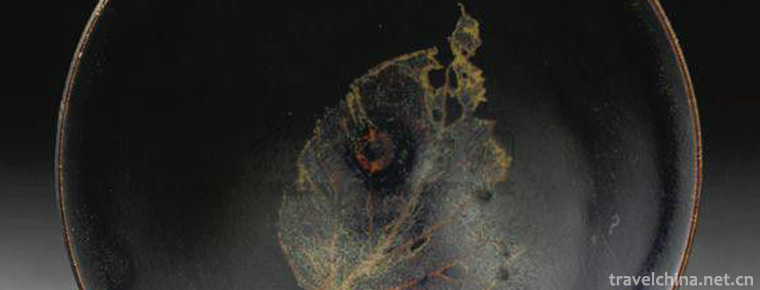
Firing Techniques of Jizhou Kiln Ceramics
-
Tianshan Tianchi Scenic Area
Tianchi Mountain: World Natural Heritage, National AAAAA Class Tourist Scenic Spot, National Geopark, National Key Scenic Spot, National Civilized Scenic Spot, International and Natural Biosphere Rese
Views: 196 Time 2018-12-12 -
Hani terrace Yuanyang terrace
Yuanyang Terrace, located in the south of Ailaoshan Mountain in Yuanyang County, Yunnan Province, is a masterpiece left by the Hani people from generation to generation. Yuanyang terrace is the core a
Views: 189 Time 2019-01-13 -
Jinjiang Amusement Park
Jinjiang Paradise is the first large-scale modern amusement park in Shanghai, China. It covers an area of 170 Mu and has 40 amusement projects. It is suitable for tourists of all ages. It receives abo
Views: 216 Time 2019-01-29 -
Lingyan Temple in Jinan
Lingyan Temple, built in the Eastern Jin Dynasty, has a history of more than 1600 years. Located in the north foot of Mount Tai in the southwest of Jinan City, Shandong Province
Views: 271 Time 2019-02-03 -
Zigong Dinosaur Museum
Zigong Dinosaur Museum is located in the northeast of Zigong City, Sichuan Province, 11 kilometers from the city center. It is a large site museum built on the world famous "Dashanpu Dinosaur Fos
Views: 250 Time 2019-03-22 -
Ordos Wedding
Ordos Wedding, one of the national intangible cultural heritages, is a traditional folk custom in Ordos City, Inner Mongolia Autonomous Region.
Views: 164 Time 2019-04-28 -
The official will ring Gong
Official Guild gongs are widely spread in rural areas of Eastern Henan Province. It is a traditional percussion instrument with brass gongs as props. It has a history of more than 300 years
Views: 114 Time 2019-05-01 -
Taining Meilin Opera
During the reign of Qianjia in Qing Dynasty, after Hui Diao was introduced into Taining through Zhejiang and Jiangxi, it merged with local dialect, folk song minor and Taoist music to form Taining Mei
Views: 169 Time 2019-06-18 -
Yigou gou
"Yigou" is a traditional drama in Gaotang area of Shandong Province and one of the national intangible cultural heritages.
Views: 146 Time 2019-07-12 -
Beijing Technology and Business University
Beijing University of Industry and Commerce is a multi-disciplinary university in Beijing. It was approved by the Ministry of Education in June 1999 by the merger of Beijing Institute of Light Industr
Views: 417 Time 2019-09-06 -
Gongga Mountain
Gongga Shan, also known as Minya Konka, is located in the south of Kangding, Sichuan Province. It is the main peak of Daxue mountain. There are 45 peaks with an altitude of more than 6000 meters.
Views: 127 Time 2020-10-13

